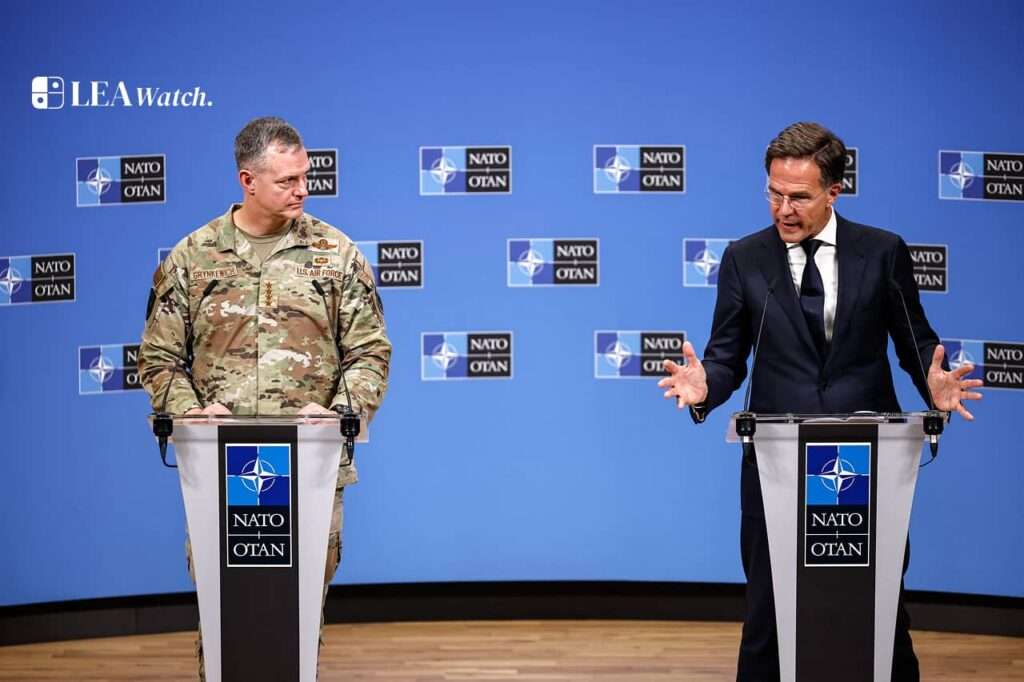After a reported breach of Polish airspace by 21 Russian drones on September 10, NATO has launched a new defensive Operation Eastern Sentry that aims to reinforce the eastern flank of Europe. NATO said that many of these drones were downed, and parts ended up strewn across hundreds of square miles of Poland.
Secretary General Mark Rutte described the incident as “dangerous and unacceptable,” and said that the multiple breaches of Polish airspace are “not isolated incidents,” but part of a troubling trend of recklessness on NATO’s eastern flank. He added, “We need Eastern Sentry to add flexibility and strength to our posture and to make it clear that we are still prepared to defend.”
The operation will see contributions from across multiple allies, including two F-16s and a frigate from Denmark, three Rafales from France, and four Eurofighters from Germany, with commitments from the UK and others to follow. Similar to this year’s Baltic Sentry mission, Eastern Sentry will integrate land- and air-based defensive measures, enhance intelligence sharing, and demonstrate the ability to deploy rapidly with flexibility.
Polish Prime Minister Donald Tusk dismissed the suggestion by U.S. President Donald Trump that the incident may have been the result of an accidental drone incursion, describing it as unequivocally a “deliberate attack.” Polish officials confirmed that there were, or are, at least 19 border intrusions from Belarusian airspace in conjunction with Zapad 2025 exercises, pointing to the hybrid threat of Russian or Russian Belarusian collaboration.
During the UN Security Council meeting, the U.S., as well as dozens of countries, issued a statement condemning Moscow’s actions, to which Russia denied, stating its drones could not possibly reach Polish territory.
Eastern Sentry will patrol NATO’s eastern flank “from the High North to the Black Sea,” signaling the alliance’s commitment to deter any additional Russian provocations.

